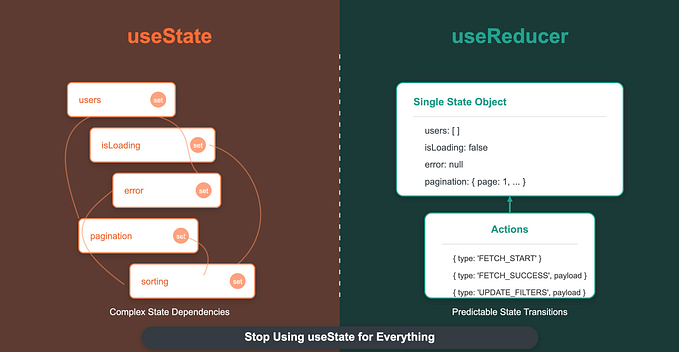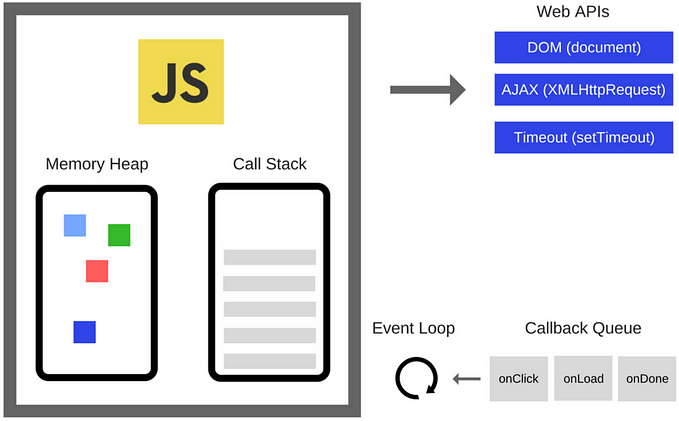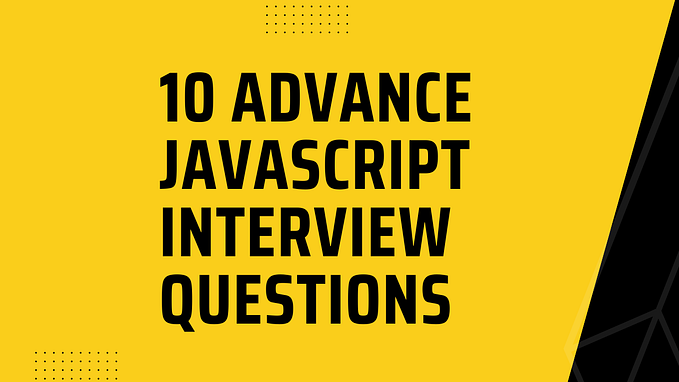Member-only story
Mastering JavaScript Promises for Better Asynchronous Code
Welcome to Day 6 of our exploration into JavaScript, DSA, and web development! Today, we’re diving into one of the most powerful features of JavaScript: Promises. Understanding Promises is crucial for writing clean, efficient asynchronous code, especially in web development where handling tasks like fetching data from APIs or performing I/O operations without blocking the main thread is essential.
The Challenge of Asynchronous Code
JavaScript is single-threaded, meaning it executes code one line at a time. However, in the real world, you often need to perform tasks that take time, like fetching data from a server or reading a file. If you try to perform these tasks synchronously, your application would freeze while waiting for the task to complete. This is where asynchronous programming comes in, allowing your application to remain responsive while these tasks are being completed in the background.
Enter JavaScript Promises
A Promise in JavaScript is an object that represents the eventual completion (or failure) of an asynchronous operation and its resulting value. Promises allow you to handle asynchronous operations more gracefully, avoiding the infamous “callback hell” by chaining operations and handling errors more cleanly.





